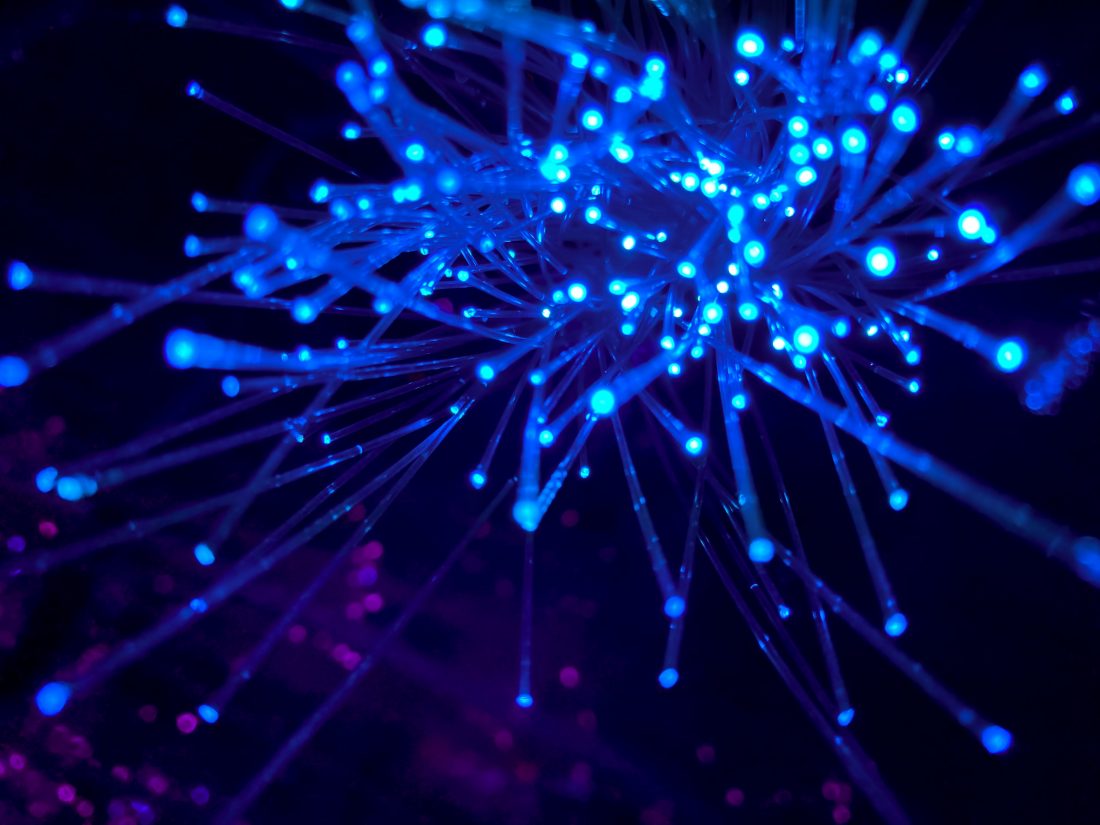
Is it possible to predict users’ flow experience based on their behavior data?
Especially in recent years, the number of people using information systems has increased considerably. This has opened up many opportunities for companies to use users’ behavior data to analyze their experience with products, designs, and other interactivity. Giant companies around the world are also increasingly using user data to engage users in marketing campaigns.
However, this strategy of using user behavior data has not yet been widely used in academia or domains such as education. Facing this challenge, researchers from Tampere University (Finland), in partnership with researchers from the University of São Paulo (Brazil) and Brno University of Technology (Czech Republic), conducted a study using user behavior data from a gamified application to start to predict the users’ flow experience.
In two recently published studies “Modeling students’ flow experience through data logs in gamified educational systems” and “Predicting students’ flow experience through behavior data in gamified educational systems”, the authors identified possibilities to predict the students’ flow experience through the speed of students’ actions. Although the results are promising, the authors highlight the importance of the community to unite around this topic and carry out new studies.
Modeling students’ flow experience through data logs in gamified educational systems
Reference: Oliveira, W., Isotani, S., Pastushenko, O., Hruška, T., & Hamari, J. (2021). Modeling students’ flow experience through data logs in gamified educational systems. In 2021 International Conference on Advanced Learning Technologies (ICALT) (pp. 97-101). IEEE.
See the paper for full details:
Abstract:
User modeling in gamified educational systems is a contemporary challenge. In particular, modeling the students’ flow experience (i.e., challenge-skill balance, action-awareness merging, clear goals, unambiguous feedback, total concentration on the task at hand, sense of control, loss of self-consciousness, transformation of time, and autotelic experience) during a gamified system usage is highly challenging. It is because measurement instruments usually are invasive, removing the users from the flow experience and/or cannot be applied massively (e.g., participant observation, questionnaires or electroencephalogram). We faced this challenge by conducting a data-driven study (N = 23), where we used a robust statistical method (i.e., partial least squares path modeling) to model the students’ flow experience, based on their interaction data (e.g., number of mouse clicks) in a gamified educational system. The main results indicate a relationship between the interaction logs and four flow experience dimensions. Our finds contribute to the area of gamified educational systems, through the students’ flow experience modeling. Finally, based on our results, we also provided a series of recommendations for future studies.
_________________________________________________________________________
Predicting students’ flow experience through behavior data in gamified educational systems
Reference: Oliveira, W., Tenório, K., Hamari, J., Pastushenko, O., & Isotani, S. (2021). Predicting students’ flow experience through behavior data in gamified educational systems. Smart Learning Environments, 8(1), 1-18.
See the paper for full details:
Abstract:
The flow experience ( i.e. , challenge-skill balance, action-awareness merging, clear goals, unambiguous feedback, concentration, sense of control, loss of self-consciousness, transformation of time, and autotelic experience) is an experience highly related to the learning experience. One of the current challenges is to identify whether students are managing to achieve this experience in educational systems. The methods currently used to identify students’ flow experience are based on self-reports or equipment ( e.g. , eye trackers or electroencephalograms). The main problem with these methods is the high cost of the equipment and the impossibility of applying them massively. To address this challenge, we used behavior data logs produced by students during the use of a gamified educational system to predict the students’ flow experience. Through a data-driven study (N = 23) using structural equation modeling, we identified possibilities to predict the students’ flow experience through the speed of students’ actions. With this initial study, we advance the literature, especially contributing to the field of student experience analysis, by bringing insights showing how to step towards automatic students’ flow experience identification in gamified educational systems.




Sorry, the comment form is closed at this time.